Earth Canvas Should art be weaponised? While it has been fashionable to march under the banner of ‘art for art’s sake’ and to draw a line of demarcation between art and politics, more and more artists are being drawn into major social issues of our time, including climate change, plight of First Nations people, pandemics, global famines and various military conflicts. Some artists, in taking up social causes, have adopted an overt political stance, William Kelly, Ann Newmarch, Noel Counihan and Mandy Martin are amongst the many names that spring to mind, others in their art aim for a more implicit message. It seems to me that in recent years global developments have become so dire that artists, who are the prophets of our society, feel increasingly compelled to take a social and political stance in their art. Industrial agriculture in Australia with factory farms (concentrated animal feeding operations or CAFOs) appear increasingly unsustainable, destructive to our environment, potentially harmful to our health and a major contributor to climate change. The intensive production of crops and animals may involve the use of huge quantities of chemical fertilisers and pesticides, sometimes inadequately tested genetic modification of crops, widespread use of antibiotics on animals and have an adverse impact on biodiversity, quality of soils and cause the pollution of waterways and impact on climate change. It has been argued that certain pesticides, for example glyphosate-based products, go far beyond eradicating weeds but also wipe out species of insects and may have a long-term impact on human health. One response to Industrial agriculture is regenerative farming that could be described as a system of farming principles and practices that seeks to rehabilitate and enhance the entire ecosystem of the farm. The basic idea is to heal farmlands that are now quite sick. There is an emphasis placed on a holistic approach with a focus on soil health and water management, plant diversity, general biodiversity and reforestation as well as the storage of carbon. In Australia, it has taken off in a big way and has been popularised in publications including Charles Massy’s Call of the Reed Warbler. Earth Canvas arose from a chat between the regenerative farmer Gill Sanbrook and the distinguished environmental artist John Wolseley in 2019. The idea was quite simple – to match up specific regenerative farmers with specific visual artists and in each case imbed the artist on the farmer’s property where they would make work about their experience. The ‘list’ as it emerged is quite impressive: Rosalind Atkins, working with the Wearn Family at Yammacoona, Little Billabong; Jenny Bell, working with the Coughlan family at Mount Narra Narra, Holbrook; Jo Davenport, working with the Austin Family at Mundarlo, Mundarlo; Janet Laurence, working with Rebecca Gorman and family at Yabtree West, Mundarlo; Idris Murphy, working with the Coghlan family at Eurimbla, Gerogery and John Wolseley, working with Gillian Sanbrook at Bibbaringa, Bowna. These regenerative farms were located between the Murray and Murrumbidgee rivers in southern New South Wales with the artists drawn from Victoria and New South Wales. The next step was to involve a regional gallery and the Albury Library/Museum stepped into the fray with their curator Kate Eastick assembling a credible exhibition and securing Visions funding for a tour of regional galleries in South Australia, Victoria and New South Wales over the past two years. In each venue, a local artist working with a local regenerative farmer was added to the mix to give the travelling show a peculiarly local flavour. I caught up with the show in Canberra where it opened at the National Museum of Australia with considerable fanfare and was accompanied by two days of symposia and artist’s talks. It is spectacular in a quiet way and not at all preachy that is the downside of many exhibitions tied to causes. What many of the artists appear to have taken out of the experience was that these regenerative farms were involved in healing – healing the land and, in a few instances, the artists themselves experienced part of this healing process.  John Wolseley, Chains of ponds, contour banks and the return of the reed warbler, Bibbaringa 1, 2019 (left), What would the world be, once bereft of wet and wildness? Let them be left, O let them be left, wildness and wet, long live the weeds and the wildness yet – G M Hopkins. 2019-20 (centre), Slow water and the rufous songlark, Bibbaringa 3, 2019-20 (right), Courtesy of the artist and Roslyn Oxley9 Gallery, Sydney, photo: National Museum Australia Janet Laurence, who has been such a significant environmental warrior north of the Murray, produced a series of dark immersive mirrors that recorded the devastation of the land as well as the healing process. While difficult to see in the tightly packed reflective installation in Canberra, they radiate a contemplative peace. Ros Atkins, the wonderful Melbourne-based printmaker, has been a tree hugger for decades, but on the farm her wood engravings, woodcuts and monotypes convey a strong sense of healing, in the sense of healing the land in this farm and, also healing herself after a period of loss and turmoil in her life. Jo Davenport has produced strong expressive paintings and drawings that combine a sense of anger, frustration and protest at what is happening to the land and the rivers, but also convey an expression of joy at the process of love and regeneration by the farmers with whom she was involved. Jenny Bell, who comes from a farming background and lives on a farm, translated her transformative experiences on the farm near Holbrook into an abstracted painted code that marks a significant departure from her usual art practice. Idris Murphy, who incidentally has a large travelling exhibition on at the Drill Hall Gallery in Canberra, translated his evocations of place into his own idiosyncratic language with colour-saturated paintings tinged with melancholy. John Wolseley, who is Australia’s most distinguished environmental artist and the most senior artist in this group, charts the topography of his farm noting the throbbing regenerative energy. There is something quite magical and transformative about his paintings that invite the viewer to enter them and contemplate the gravity of the situation and yet see the path to salvation. The local artist for Canberra is Alexander Boynes, also the youngest artist in this group, and he was matched with the Watson clan farming at the Millpost farm – a sustainable 1,200 ha property on Ngunnawal/Ngambri country between Queanbeyan and Bungendore. This is his first project since the passing of his mother Mandy Martin with whom in recent years her has frequently collaborated. In Canberra, Boynes followed his established artistic strategy of painting a canvas and projecting over it a video ‘animation’ and having this accompanied by a music score by his brother-in-law Tristen Parr. It is quite a moving work that pays homage to the Indigenous people who own the site on which the farm is located. The photographer, Tony Nott, who passed from this life last year and who documented much of the venture is also represented in this exhibition. Earth Canvas celebrates a struggle that is taking place in our own backyard to explore regenerative farming. Although it presently lacks the scale to take over mainstream agriculture in Australia, I suspect that it and other developments similar to it have to be the future if we are to restore our natural environment, turn back climate change and secure our food sources. Earth Canvas, National Museum Australia, Canberra August 26 – October 30
0 Comments
Your comment will be posted after it is approved.
Leave a Reply. |
GRISHIN'S ART BLOG
Sasha Grishin AM, FAHA is the author of more than 25 books on art, including Australian Art: A History, and has served as the art critic for The Canberra Times for forty years. He is an Emeritus Professor at the Australian National University, Canberra; Guest Curator at the National Gallery of Victoria, Melbourne; and Honorary Principal Fellow, Faculty of Arts, at the University of Melbourne. Archives
June 2024
Categories
Keep up-to-date with Sasha Grishin's blog with the RSS feed.
RSS offers ease of access and ensures your privacy, as you do not need to subscribe with an email address. Click here to download a free feed reader |
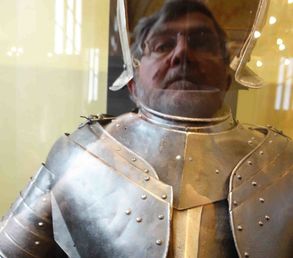
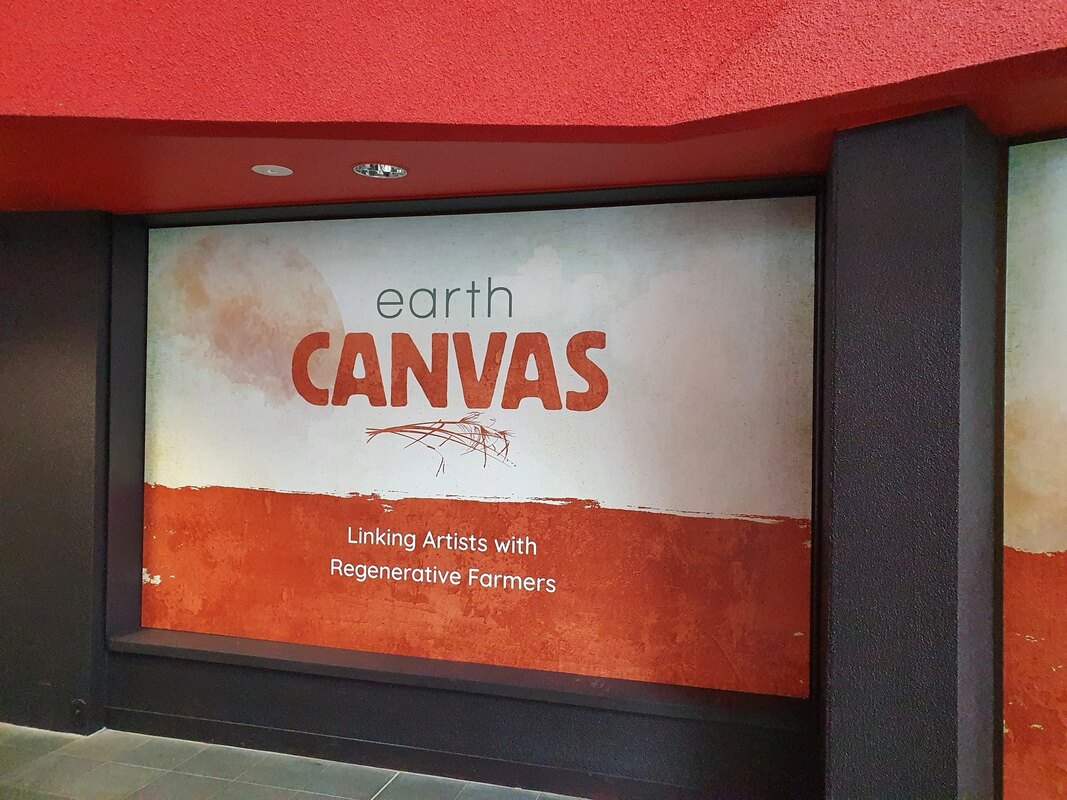
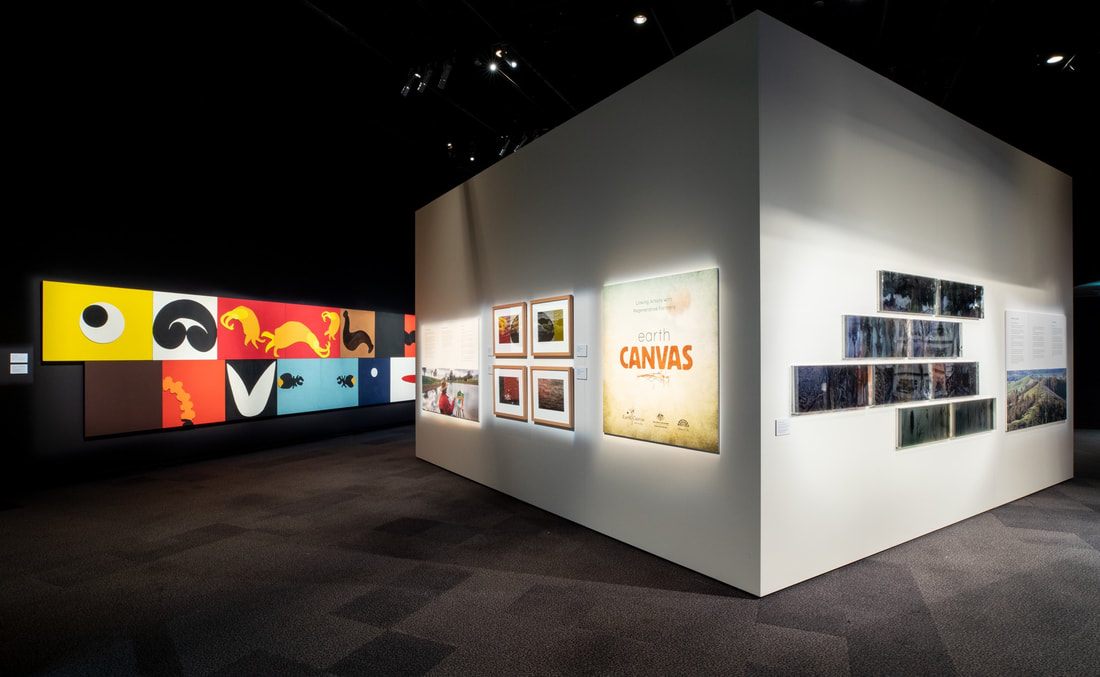
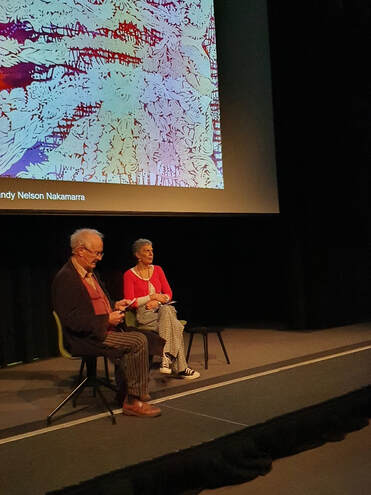
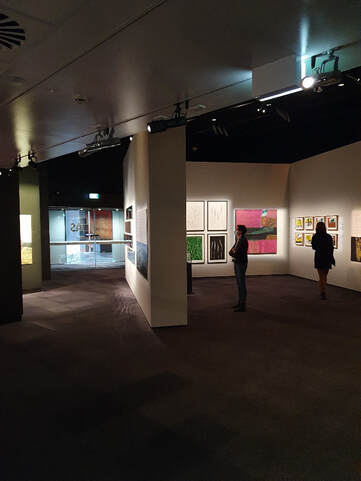
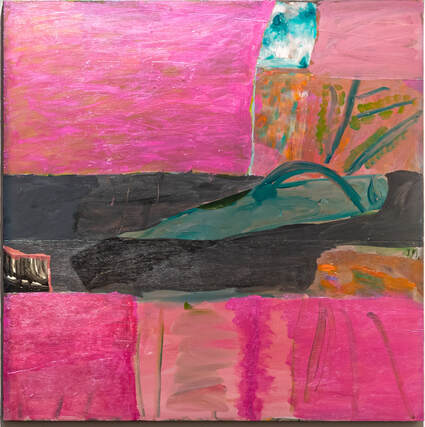
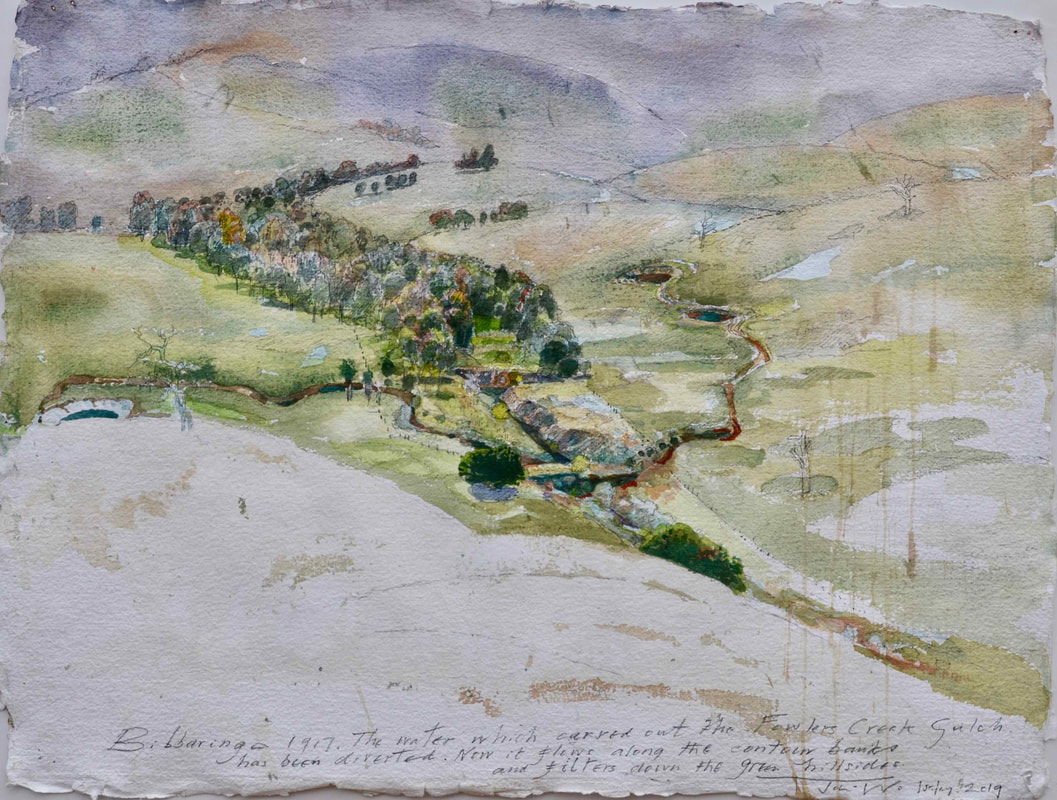
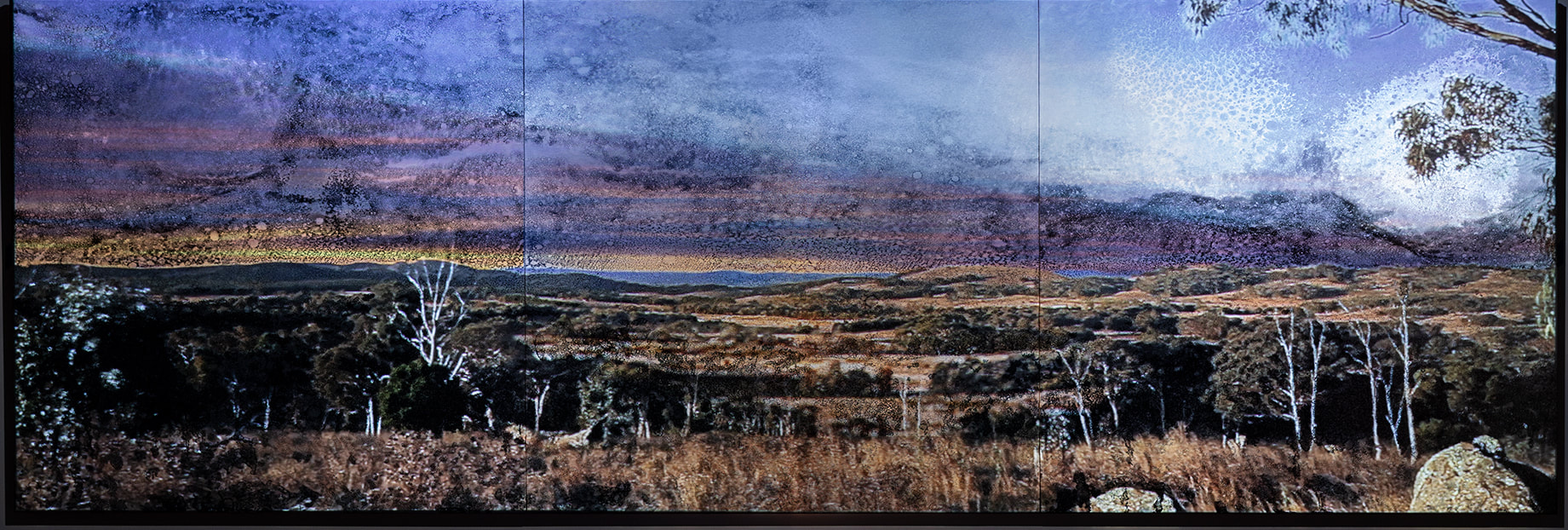
 RSS Feed
RSS Feed